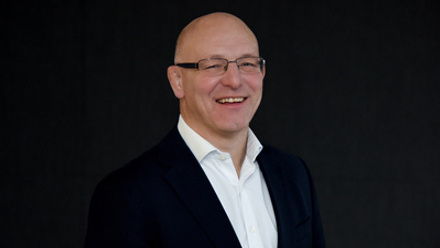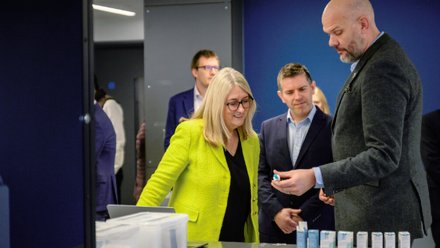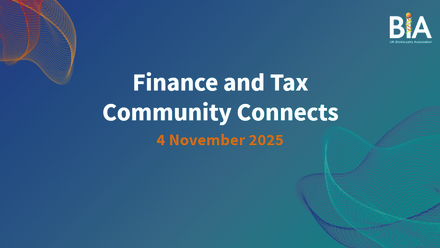Innovating for vision science

Dr Peter Bloomfield is the Director of Research at the Macular Society. In this guest blog, he lays out the problem posed by macular disease and his hope for a solution.
He also gives insight into why the Macular Society joined the BIA.
At the Macular Society, one of our core ambitions is to find a cure for macular disease. This is driven by the devastating stories we hear every day about the impact of losing functional vision. Our research programmes are expanding and we are delighted to become a BIA member to help expand our research, development and innovation ecosystem.
The eye has long been considered the window to the brain, and as science and technology progresses, we are seeing it is also a unique opportunity to better understand the rest of the body too. It is a relatively small organ with remarkable function and as a sensory organ it has an evolutionary complexity which is astonishing.
The macula in the human eye is responsible for our highest-resolution vision and is unique to higher primates and birds of prey. Such accuracy in our vision has in many ways enabled our development as a species and to a large degree has resulted in the development of the human world. Diseases of the macula remove a huge portion of useful vision and robs patients of advanced function which is incomprehensible to most.
At the Macular Society, we regularly hear about the impact of losing something so personally important as sight. Many people will have come across age-related macular degeneration (AMD) - the leading cause of sight loss in the UK, however, there are many forms of inherited macular conditions too including, but not limited to, Stargardt disease, Best disease, and Doyne honeycomb dystrophy. For a long time, macular disease wasn’t treatable, then the identification and repurposing of anti-VEGF therapy provided options for people with the neovascular (wet) form of AMD. More recently complement-based therapies have entered the US market for geographic atrophy (GA), which is the late, advanced form of dry AMD. Regulatory approval is currently uncertain in the EU and UK. There are several trials looking at AMD treatments in inherited macular conditions and some gene therapies have also shown early promise. There are also macular implications from diabetic eye disease, ischaemic retinal events and conditions such as glaucoma.
As a field, it is an exciting time to be involved in vision sciences. There are some incredible researchers, some hugely exciting commercial involvement and some fantastic examples of innovation across biomedical research, clinical development and technology research. Many fields are benefitting from the predictive capabilities of artificial intelligence (AI) tools, yet few have demonstrated as unique findings as those from retinal image analysis. The opportunity in vision research, development and innovation is vast and unique and the work of the Macular Society and our collaborators is so exciting.
However, eye research and sight loss research is obscenely underfunded given the scale of the problem, the impact on the health system and the personal devastation such conditions can cause. With such limited funding, it is not surprising that treatments for macular diseases are linked to a small range of biological pathways. Consequently, at the Macular Society, we are exploring how best to diversify our investment in research to present a wider range of mechanisms with therapeutic potential. In our new approach, we will leverage new funding, partnerships and skills from a wide range of sources to beat macular disease. Taking inspiration from other fields and direct collaboration, we will expand the reach of our scientific funding, understanding new and better therapeutic options.
With an ageing society, macular disease needs to be addressed as a priority. At the Macular Society, we believe collaboration is at the heart of how we do this and so we are excited to become a member of the BIA to explore how we can come together with the sector to make progress in addressing this enormous problem. Ultimately we need to see a connected ecosystem of many different scientific, technical and market developing skills to deliver a future where sight loss can be effectively treated, reversed and eventually prevented. If this is not delivered to all demographics then the sector will have failed.
We are delighted to be part of the BIA and encourage anyone interested to engage with us and see how we could work together.






